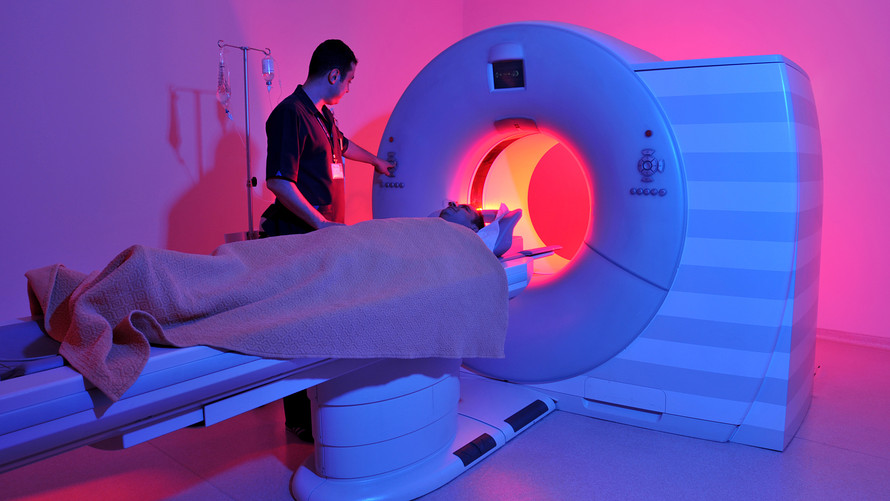
You likely shop around to find the best prices for groceries, clothing, and electronics. But what about for medical procedures? If not, you should start today.
Most Americans assume medical procedures are set at a relatively fixed cost, but they could be losing out on thousands of dollars a year by not shopping around, a new study from researchers at Harvard, Yale, and Columbia Universities found.
Fewer than 1% of individuals used price transparency tools — websites or apps where patients can look up the cheapest price on a given procedure — to find the best price for services in advance of medical procedures, the report showed, despite the fact that the cost of up to 40% of medical services can be reduced by comparison-shopping.
Instead, the vast majority of patients go to a doctor based on a referral from their primary care doctor or from colleagues or family members. Many patients don’t think about saving money at the times when they need care, said Leor Catalan, chief executive of Robin, a free service that helps patients understand health care costs.
“It is something most people — myself included — do not want to do when they are sick,” he said. “When you are sick we care about one thing and that is getting care as soon as possible. Browsing a transparency tool can feel more burdensome than helpful.”
But it can save consumers thousands of dollars. An MRI, for example, can cost $400 or $3,500 depending on where it is performed and how it is billed.
Patients are failing to shop around at a time when they need to most. Medical costs continue to rise for people in the U.S. In the past decade, medical costs have increased 34%, outpacing income growth (20% over the same period), according to an analysis from personal finance site NerdWallet. Up to 27 million U.S. adults are putting medical expenses on credit cards, the NerdWallet analysis found, costing them an average of $471 in interest for a year’s worth of out-of-pocket medical spending.
As a rule, it’s generally more expensive to get a procedure like an MRI done at a hospital or a urgent care center. To avoid sticker shock at the doctor, consumers should compare prices thoroughly for most procedures in advance, said Divya Sangam, a spokeswoman for ValuePenguin.
Tools consumers can use to compare prices include Robin, Healthcare Blue Book, and the FAIR Health Consumer website, she said. They can also take the old-fashioned route and call providers one by one and ask them what different procedures will cost.
“Shopping around to save money only really works if you have time to plan ahead, as receiving an estimate for an intensive procedure and checking in with your insurance company can take several days,” she said. “This might not be feasible if you have a medical emergency.”
Sangam recommends consumers become familiar with their health plans in advance of any emergencies and earmarking nearby facilities that are in-network.
But patients should take into account more than the cost of a procedure when finding a physician, she added.
“While price should be a major consideration when shopping around for health care, it’s also important to check out online reviews and feedback on your medical providers to balance out the cost of care with quality,” she said.

